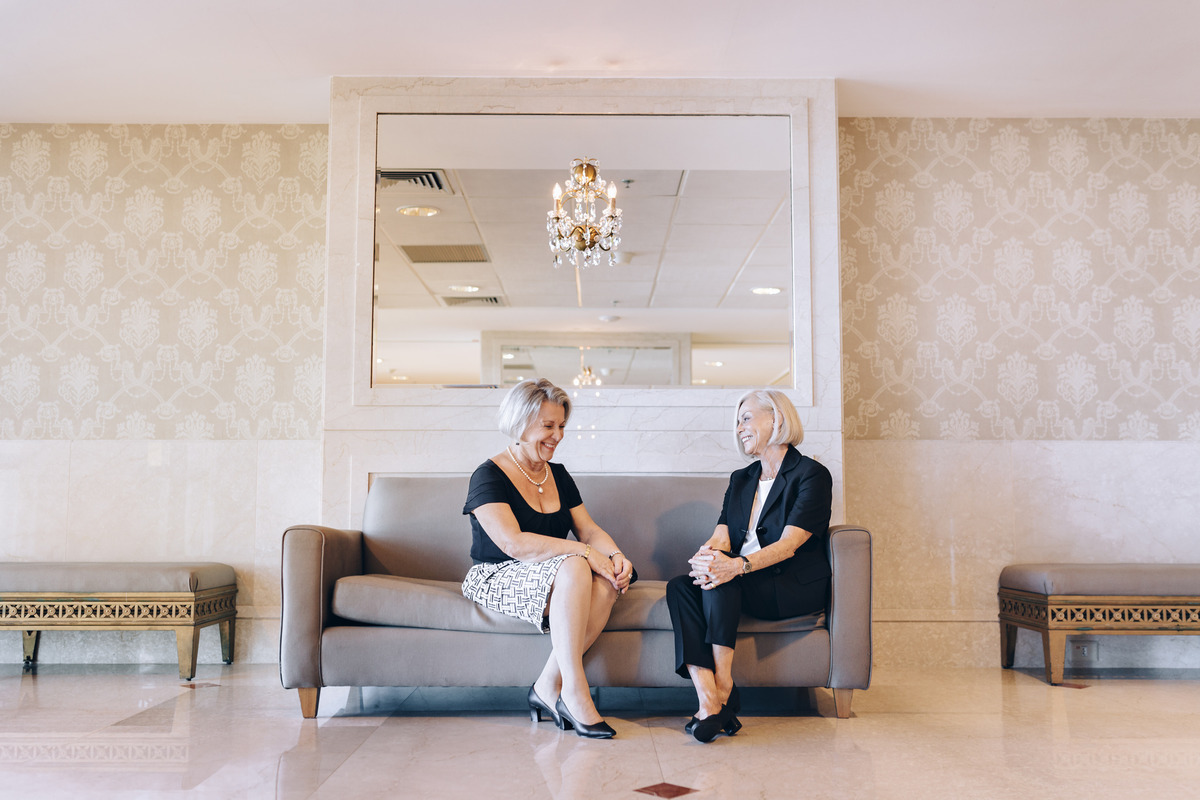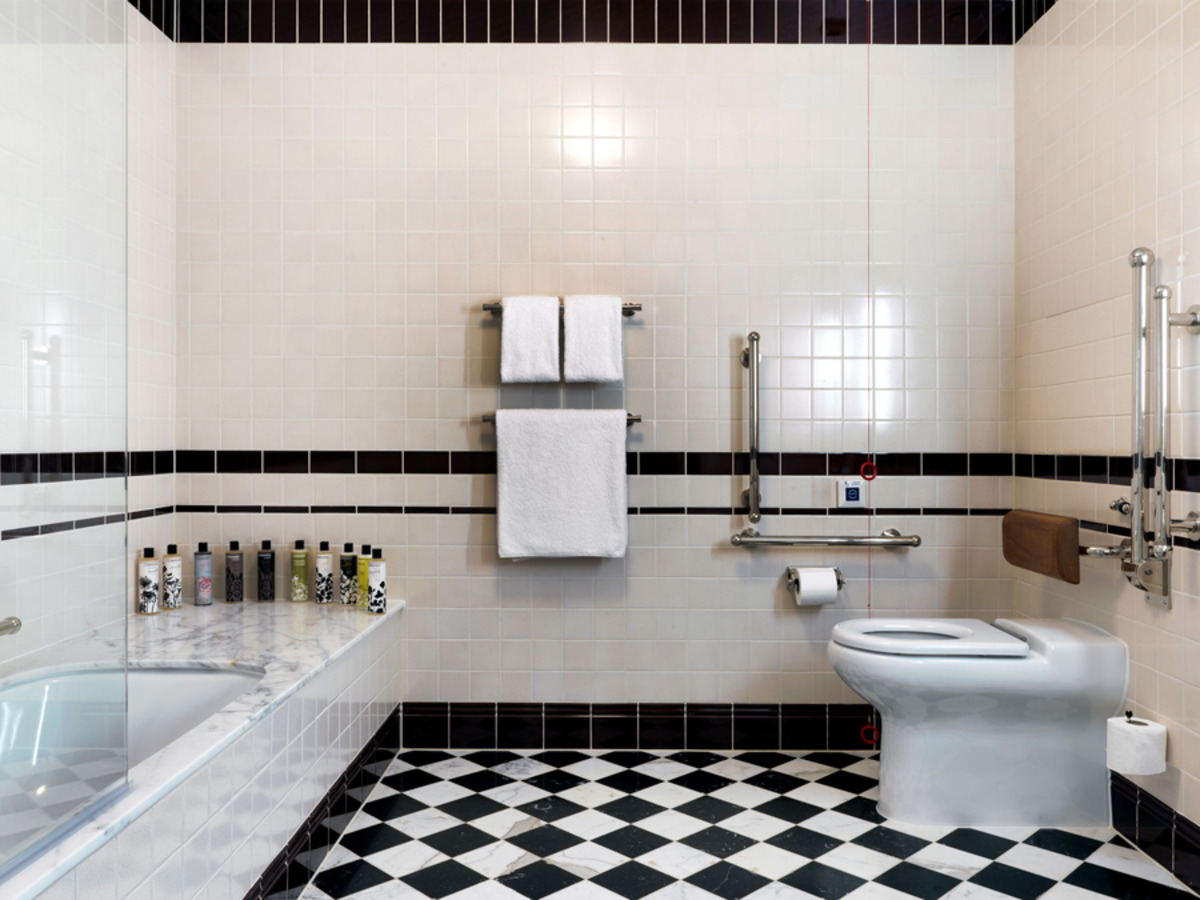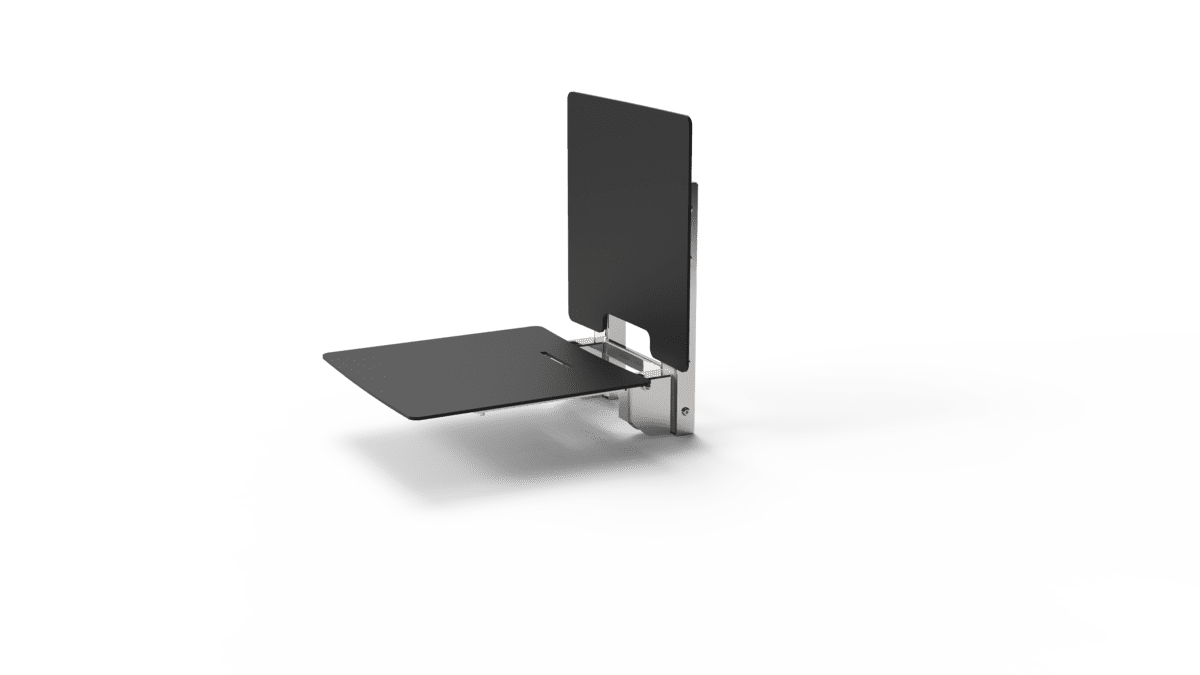When we use the term ‘Doc M’, we automatically think of disabled people and particularly, designing bathrooms for the needs of wheelchair users – but what about designing bathrooms for the elderly?
Doc M isn’t just about disability – in fact, it’s about ability, and as stated in the Equality Act, making “reasonable adjustments” to ensure that everyone, regardless of ability, can enter and move around a building in comfort and safety.
23% of the UK population is aged 60 or over, a percentage that is set to rise – and a large proportion of these people are still physically and economically active. Of course, people in their 60s and even 70s are no longer regarded as ‘elderly’ – but statistically speaking, they are more likely than any other to use a disabled toilet because of health and mobility issues. So how can specifiers (and venues) make sure their needs are catered for?

Doc M and older people
The nuances of Doc M really come into focus when we think about the challenges we are all likely to face as we age. We won’t all end up using a wheelchair, but we are very likely to experience changes in our vision, strength, balance and dexterity. These changes may be pronounced, or very subtle – but either way, adapting hospitality bathrooms to enhance the comfort and safety of older users makes sense.
All the features of a standard wheelchair or ambulant accessible bathroom are relevant to older users. As with any disabled person, older guests will appreciate not being made to feel as if they are in a nursing home or medical facility when they visit a restaurant, hotel or museum – they expect and deserve the same stylish, dignified experiences as any other patron. Let’s take a look at how Doc M packs can help older people be safer and more independent:
Grab rails
Scientists estimate that changes in our ability to balance can begin as early as age 40. As we age, loss of musculoskeletal function, joint stiffness and slower reflexes can cause deteriorating balance that puts us at greater risk of falling. These risks are greatest when changing position, for example, going from standing to seated or vice versa. Grab rails – especially either side of the toilet – can be useful for older people experiencing joint pain and other mobility problems, but also for general stability.

Raised toilet pan
As well as balance issues, advancing years bring with them a natural loss of muscle mass. If you’ve ever groaned getting up from a low chair, you’ll understand! A raised toilet pan takes pressure off the knees and means that less effort is required to sit down and stand up again, reducing the risk of falls.
Lever or sensor controls
Dexterity is another faculty that can be affected by age. Conditions like arthritis as well as generalised loss of strength can make it hard to grip and twist a tap or toilet flush. Doc M toilets have paddle/level or sensor controls on taps and flush mechanisms so they can be easily activated with a closed fist, palm, wrist or elbow – or simply by passing a hand in front of the sensor.
Light Reflectance Value
Light Reflectance Value (LRV) relates to the degree of contrast between Doc M fixtures like grab rails, and the surfaces they are mounted on, or between walls and floors. Sufficient contrast is necessary so that people with sight loss can easily see and grasp the rails, and so that they don’t become disorientated. As we age, our eyes find it harder to adjust to changes in light levels, and we may experience problems with blurred vision or even cataracts – which means its good practice for all bathrooms, not just Doc M spaces – to have good contrast.
Other things to consider
There are other aspects of bathroom design – some specified in Approved Document M and some not – that can make a big difference in terms of comfort and safety for older people, especially in hotels.
Non-slip floors
Non-slip flooring is specified in Doc M for all accessible toilets and bathrooms – but why not in all commercial bathroom spaces? Older people won’t always request an accessible hotel room, but they will always be at greater risk of slips and falls on shiny ceramic floors. Advances in non-slip materials – from resin floors to vinyl tiles – mean there’s no need to compromise on style when choosing a non-slip floor. In fact, many of the latest seamless floor systems can also help hotels by making bathroom floors more hygienic and durable, as well as safer.

Shower seats
Accessible rooms with a shower should always have a shower seat – buy why only accessible rooms? Shower seats can be of huge benefit to people who suffer from muscle fatigue or balance problems – but they can also be the ultimate indulgence, allowing the user to relax while seated under a cascade of warm water. We have a range of stylish folding shower seats that take up minimal space in the shower enclosure, with sleek aesthetics worthy of any luxury hotel or spa.
Step-free shower access
Designing bathrooms with wet areas rather than conventional shower trays is another way to make them accessible for everyone, whether it’s a wheelchair user or an older person. This simple alternative eliminates trip hazards in the bathroom – you can create a wet area using conventional vinyl or tile flooring, or by installing a flush shower tray.
Removable rails
Removable grab rails are a really smart choice for modern hotels, because they allow any bathroom to be quickly adapted for additional needs. Removable rails from our Fitzroy of London collection can be installed in minutes when requested by a guest, and removed again just as quickly. The fittings are hidden behind a discreet blanking plate when not in use.
Thermostatic shower controls
Burns and scalds are up there with the most common bathroom accidents for all users, not just disabled or elderly ones. But reduced manual dexterity and thinner, more sensitive skin can make older people even more vulnerable. Thermostatic shower controls make it easy to achieve a comfortable, stable water temperature with minimal adjustment. These should always be clearly labelled in hotel settings so it’s easy for guests to understand how to raise and lower the temperature.
Need help with an upcoming hospitality refurb?
Our experienced team can help you to achieve the optimal Doc M specification for the needs of your venue – and customers. Get in touch to discuss your requirements.
